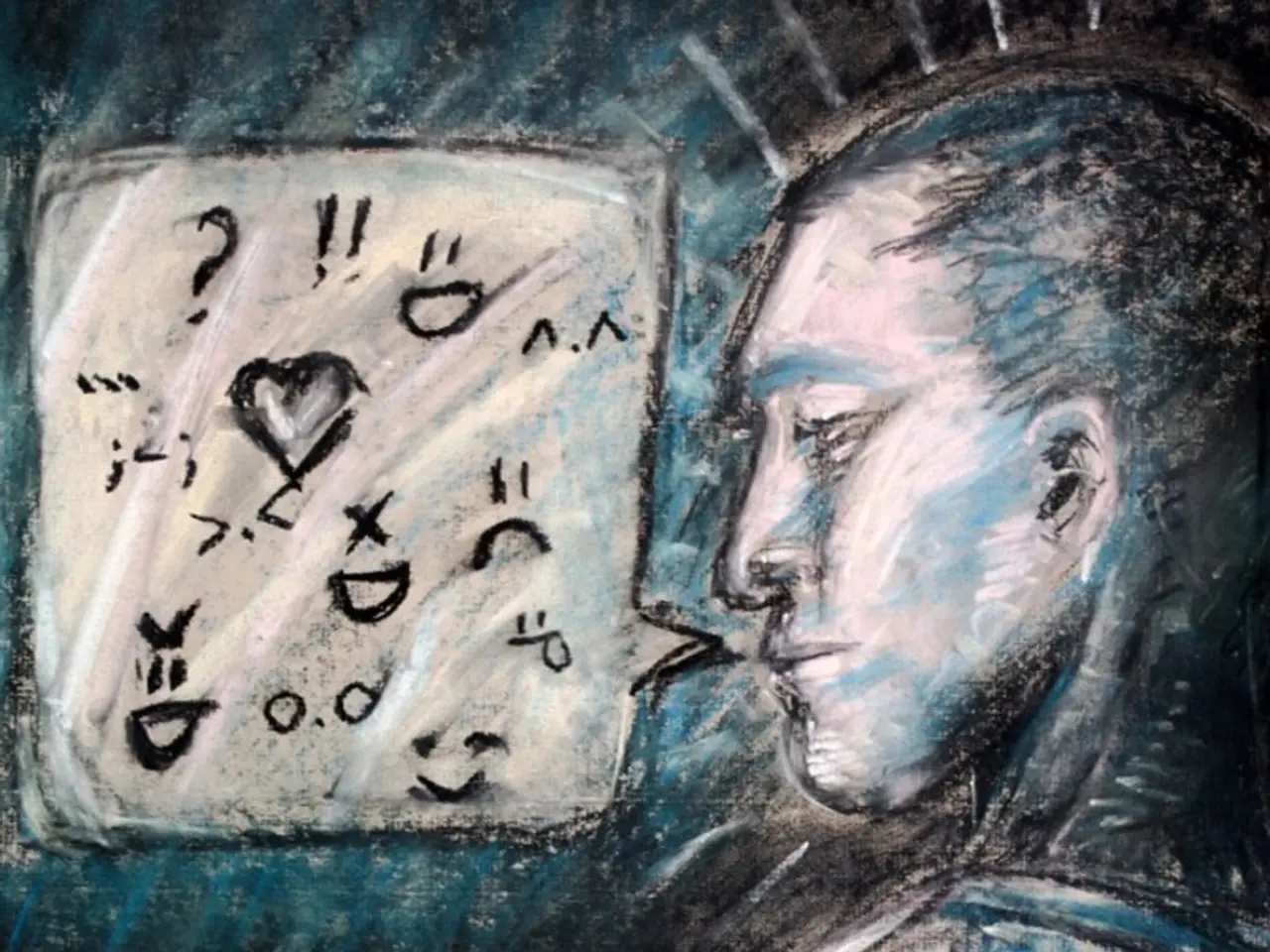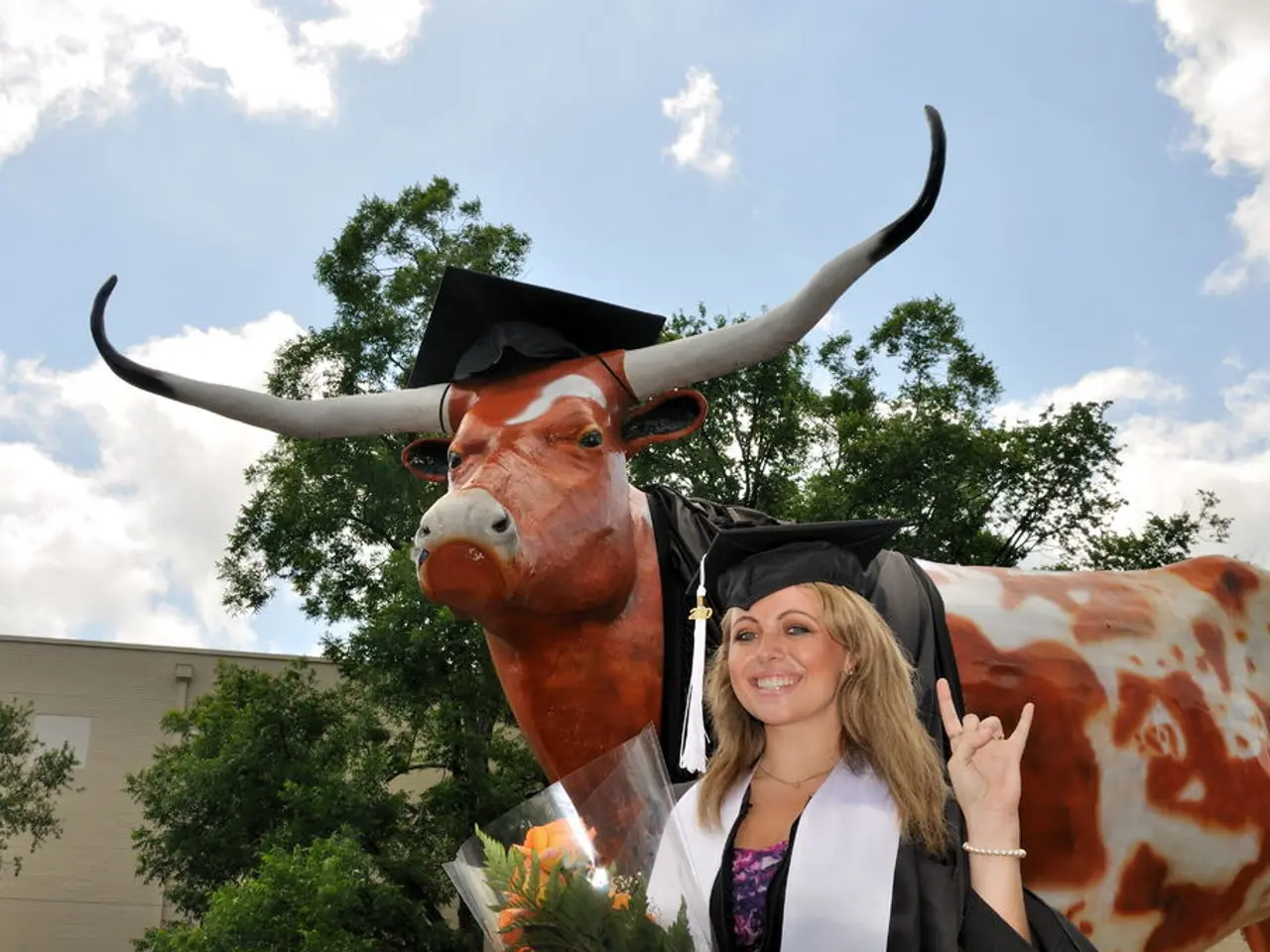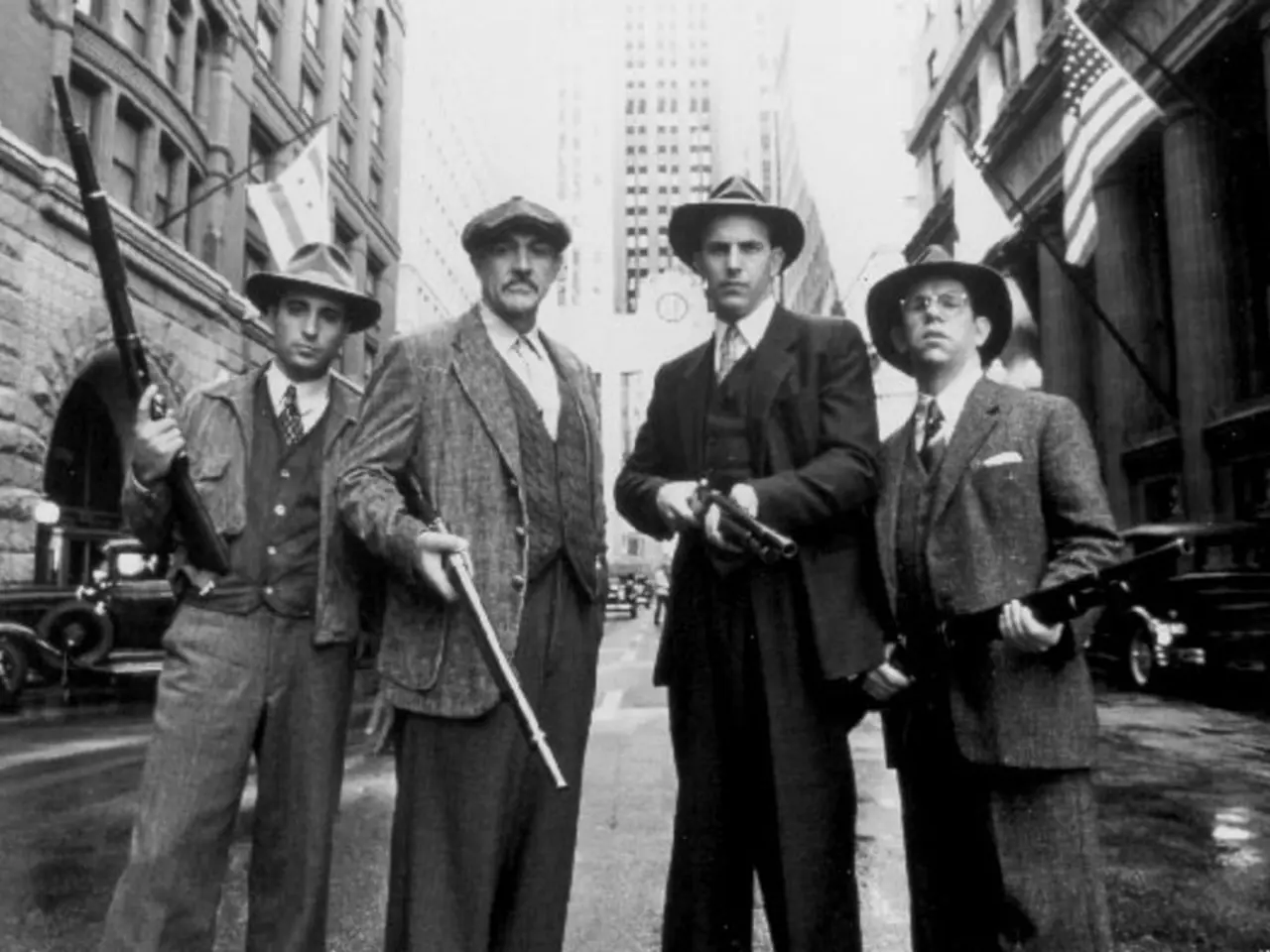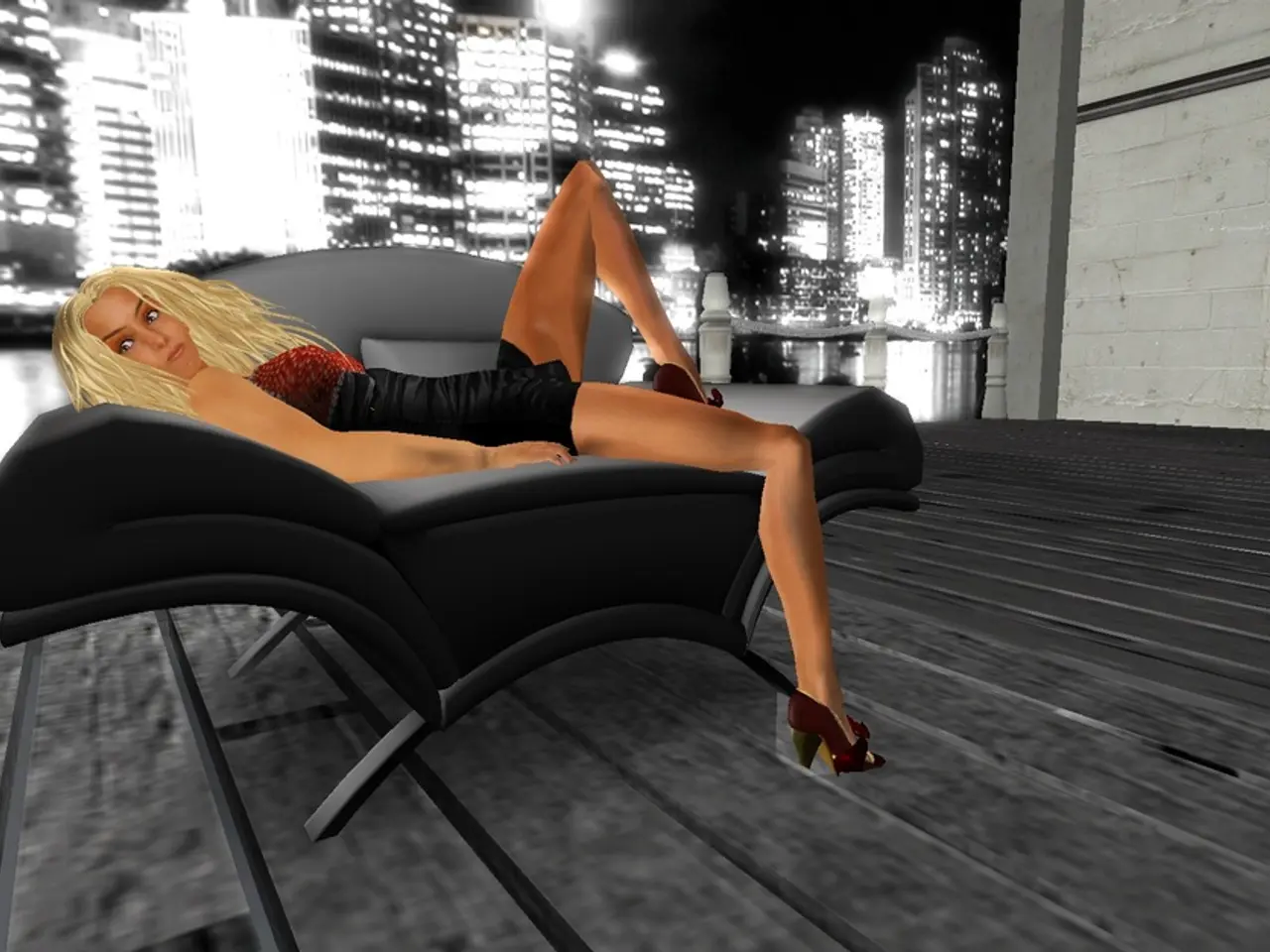Humorous Guide: Crafting a Comedy Screenplay Step-by-Step
In the world of entertainment, comedy stands out as one of the most challenging yet rewarding genres to write. Understanding the techniques of humor, the various types of comedy, and a clear script structure are essential for creating a script that will make an audience laugh.
Comedy writing begins with observational skills, finding humor in everyday situations and adding your unique funny interpretation. Structure jokes with a clear setup and punchline, also known as the "anatomy of a joke." Use questioning and associating skills to connect unrelated ideas humorously. Employ timing, subtext, and surprise to enhance comedic effect.
When it comes to the types of comedy, there are several to consider. Slapstick relies on visual gags, clumsiness, and absurdity for laughs. Satire critiques society using wit, while parody imitates a style or genre humorously. Situational comedy arises from characters in funny scenarios, and dark comedy finds humor in serious or taboo subjects. Deadpan humor contrasts serious delivery with absurd content.
Choosing the right type of comedy depends on your audience and story goals. A well-balanced script might incorporate multiple types, such as the popular series Brooklyn Nine-Nine. In this show, Amy and Jake's relationship is depicted with quick-fire witty dialogue, showcasing deadpan humor, while the proposal scene uses situational comedy for emotional impact.
The script structure for comedy follows a familiar pattern. Begin with a strong premise and character arcs that allow for humorous situations. Outline your main storyline clearly without excessive detail, focusing on key story beats and comedic moments. Develop your pilot or opening scenes to set the tone and introduce humor early. Use the three-act structure: setup, confrontation (complications with comedic stakes), and resolution. Write dialogue that reflects character personalities and includes punchy, clever lines.
Brooklyn Nine-Nine employs fast-paced dialogue and slower moments for dramatic effect. The show also uses the classic comedy character tropes and twists them into something new, with Jake Peralta gradually growing and navigating more serious situations.
Ensemble casts who drive each other up the wall and help each other out of tight corners can create effective comedy tension. Examples of pairing characters with opposing traits include Leslie Knope and Ron Swanson in Parks and Recreation, and Dwight and Jim in The Office.
Act One introduces characters, goals, world, comedic premise, and tone. Act Two escalates the situation with characters facing more outrageous and hilarious situations. Act Three resolves the conflict in a surprising or funny way, giving the audience a satisfying ending.
Absurdity thrives on bizarre and surreal situations that defy logic. Irony involves a contrast between expectation and reality, often leading to humorous outcomes.
For those interested in honing their comedy writing skills, resources like LeeAnne Krusemark’s courses or sitcom scriptwriting guides can provide valuable insights [3,4]. The series on the website Mastering the Art of Screenwriting is another excellent resource for learning the art of comedy writing [1].
- Screenwriting a comedy requires understanding the various types of comedy, such as slapstick, satire, parody, situational, dark, and deadpan, and employing techniques like observational skills, the anatomy of a joke, questioning, associating, timing, subtext, and surprise.
- A well-written comedy script should follow a clear structure, starting with a strong premise, character arcs, a well-outlined main storyline, and comedic moments. It should also set the tone early, utilize character tropes, and maintain balance between fast-paced dialogue and slower moments for dramatic effect.




